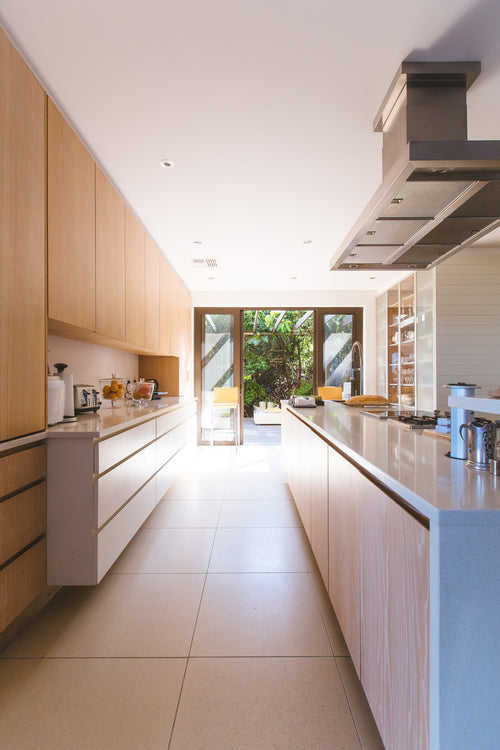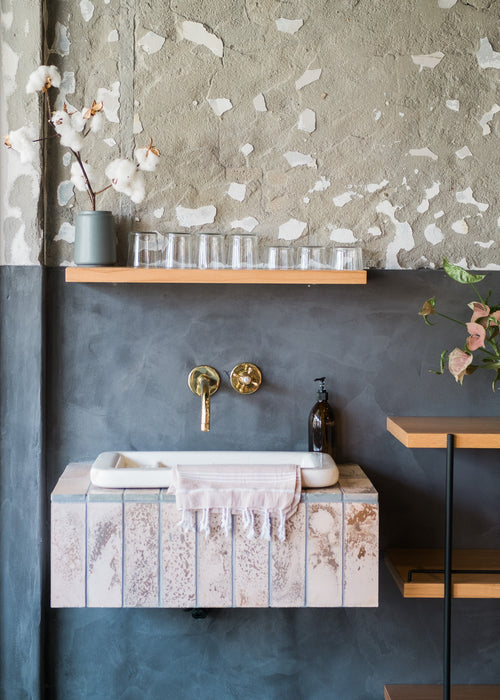GET A MOOD BOOST WITH THESE INTERIOR COLOR CHOICE TIPS

With remote work looking like it’s here to stay, it’s important that your home reflects the type of atmosphere that puts you in the right mood.
Whether you’re looking for a boost in productivity or need to make the non-work areas of your home more relaxing, check out these interior design tips for choosing colors that match your desired mood.
BASICS OF COLOR PSYCHOLOGY
Keeping basic color psychology in mind helps you choose an interior color scheme that makes you feel good. When you see a certain color, it can cause an emotional reaction that you might not realize is associated with the hue. Color psychology can also vary based on your personal experience or meanings of colors in your culture.
Check out these colors and the feelings they typically create:
-
Blue: Relaxing, peaceful, soothing
-
Green: Restful, balanced, calming
-
Purple: Loyalty, spirituality
-
Yellow: Warmth, happiness
-
Red: Excitement, high energy
-
Orange: Confidence, excitement
-
White: Cleanliness, simplicity
-
Black: Formal, dramatic, sophisticated
-
Brown: Dependable, warmth
While all colors can have a positive connotation, some also create a negative feeling in some people. Red can be associated with anger and according to McDonald’s, stimulate your appetite. While yellow is generally a cheerful color, a large amount of the color can cause some people to feel frustrated or even uneasy.
CHOOSE YOUR MOOD
When deciding how to choose interior color selections, first decide what mood you want to create in the space. The answer often varies based on how you use the room.
In your bedroom, you want soothing, relaxing colors that help you wind down and sleep. Green and blue hues work well, and also lend themselves to living rooms where you want a calm environment.
Warm colors, such as orange or red, work well in spaces where you want to raise the energy level. Examples include your exercise room, creative workspace or a child's play area.
ADD COLOR WITH PAINT
Paint lets you add bright color throughout your space and has a major impact on the room's mood. The walls are one of the most prominent parts of the room, so the interior color you choose to paint them influences the room.
If you're looking at a bold color to set an intense mood, consider painting an accent wall, trim, or large piece of furniture. This lets you inject the color into your space without it becoming too overwhelming.
WORK IN COLORFUL ACCENTS
A more versatile way to add mood-boosting color is through room accents. This lets you control the mood in different parts of your space. You can create a relaxing reading nook in your living room with lush green plants and soothing blue throw pillows, for example.
A boldly-colored piece of furniture can set the room's mood without repainting. If you're not ready for new furniture, add throw pillows and blankets on your neutral fabric or leather furniture to brighten them. Colorful table linens, books, floral arrangements and centerpieces bring color and life to tables and horizontal surfaces.
Area rugs provide flexibility that lets you add lots of color to a space (or town down a busy graphic-tile floor). To brighten your walls, add large pieces of artwork or tapestry. These accents are easy to change if you want to go a different direction in the room.
PLAY WITH INTERIOR COLOR
Now that you know the basics of how interior color affects your mood, start experimenting to make your home your own. Starting slow and building up with different color combinations can help you set the perfect mood for every room.



